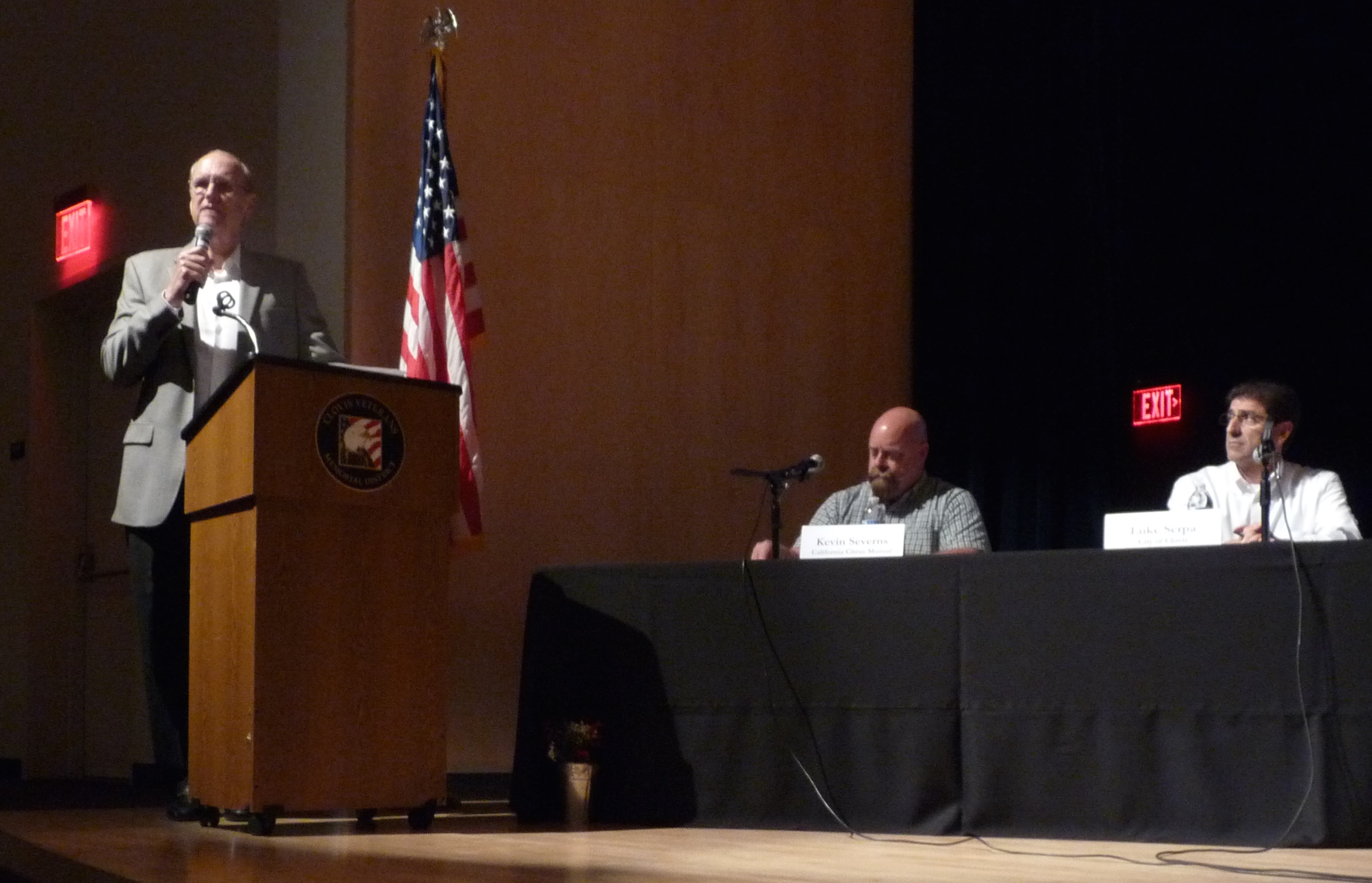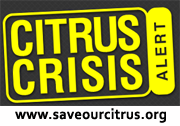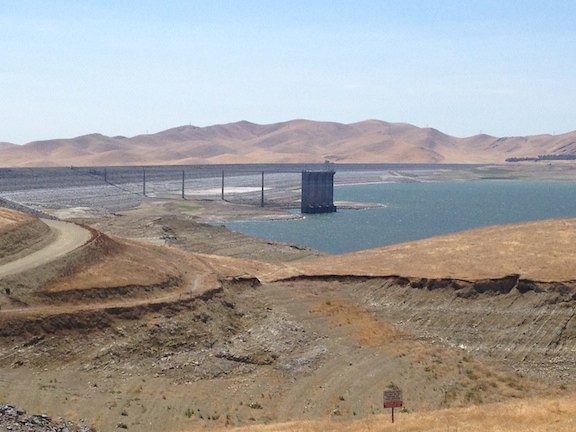Regulations
Phone Calls Needed Now
STOP WHAT YOU’RE DOING AND MAKE AS MANY CALLS AS YOU CAN!
CALL all Senators to support the WESTERN WATER AND AMERICAN FOOD SECURITY ACT OF 2015
WE ARE DEDICATING THE REST OF THE DAY TO MAKE THESE CALLS.
OUR LIVES DEPEND ON THIS!
H.R.2898, the Western Water and American Food Security Act of 2015 has passed the House and is on the way to the Senate.
MY JOB Depends on Ag urges each and every one of us to call all U.S. Senators and tell them we want a YES vote.
- Here’s a template letter to email.
- Call these Senators, starting with CA and moving onward.
- Say you are calling regarding HR 2898 and want the Senator to vote YES!! They may ask for your zip code and say they will pass along your concern.
Senator Dianne Feinstein (D-Calif.) TODAY released the following statement after the House of Representatives passed the Western Water and American Food Security Act:
“The House today passed a drought bill that included some useful short-term provisions as well as some provisions that would violate environmental law. While I cannot support the bill as passed, I remain hopeful we can come to an agreement that can advance through both chambers.
“House Republicans are right that we need to increase the flexibility of the state’s water delivery infrastructure. We need to facilitate water transfers and maximize water pumping without violating environmental laws like the Endangered Species Act or biological opinions, and we must do this using updated science and real-time monitoring. Provisions to accomplish this were in the bill the Senate unanimously passed last year, and I plan to include them again this year with added environmental protections.
“I also believe we must look closely at ways to support water recycling, storage, desalination and groundwater replenishment projects. There are already 15 ocean desalination projects and 65 water recycling projects being considered throughout California. These types of projects—as well as building or increasing reservoir capacity—must be a part of any long-term solution.
“To get a bill through the Senate and the House we’ll need to include provisions that benefit the entire West and help support the development of alternative water infrastructure. If the climate continues to warm, as I believe it will, these alternatives will be key.”






























